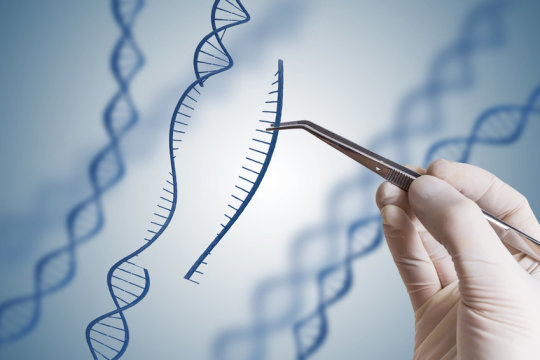
Breaking News
 Audio + English transcript from the closed-door July 9, 2025 court hearing in the case against...
Audio + English transcript from the closed-door July 9, 2025 court hearing in the case against...
 Trump: Obama started this WHOLE thing! (6 mins on it from the Maria B interview)
Trump: Obama started this WHOLE thing! (6 mins on it from the Maria B interview)
 Provoked: How Washington Started the New Cold War with Russia and the Catastrophe in Ukraine
Provoked: How Washington Started the New Cold War with Russia and the Catastrophe in Ukraine
 US Politics Is Just Nonstop Fake Revolutions Now
US Politics Is Just Nonstop Fake Revolutions Now
Top Tech News
 3D Printed Aluminum Alloy Sets Strength Record on Path to Lighter Aircraft Systems
3D Printed Aluminum Alloy Sets Strength Record on Path to Lighter Aircraft Systems
 Big Brother just got an upgrade.
Big Brother just got an upgrade.
SEMI-NEWS/SEMI-SATIRE: October 12, 2025 Edition
 Stem Cell Breakthrough for People with Parkinson's
Stem Cell Breakthrough for People with Parkinson's
 Linux Will Work For You. Time to Dump Windows 10. And Don't Bother with Windows 11
Linux Will Work For You. Time to Dump Windows 10. And Don't Bother with Windows 11
 XAI Using $18 Billion to Get 300,000 More Nvidia B200 Chips
XAI Using $18 Billion to Get 300,000 More Nvidia B200 Chips
 Immortal Monkeys? Not Quite, But Scientists Just Reversed Aging With 'Super' Stem Cells
Immortal Monkeys? Not Quite, But Scientists Just Reversed Aging With 'Super' Stem Cells
 ICE To Buy Tool That Tracks Locations Of Hundreds Of Millions Of Phones Every Day
ICE To Buy Tool That Tracks Locations Of Hundreds Of Millions Of Phones Every Day
 Yixiang 16kWh Battery For $1,920!? New Design!
Yixiang 16kWh Battery For $1,920!? New Design!
 Find a COMPATIBLE Linux Computer for $200+: Roadmap to Linux. Part 1
Find a COMPATIBLE Linux Computer for $200+: Roadmap to Linux. Part 1
CRISPR-Cas9 technique targeting epigenetics reverses disease in mice

Much of the enthusiasm around gene-editing techniques, particularly the CRISPR-Cas9 technology, centers on the ability to insert or remove genes or to repair disease-causing mutations. A major concern of the CRISPR-Cas9 approach, in which the double-stranded DNA molecule is cut, is how the cell responds to that cut and how it is repaired. With some frequency, this technique leaves new mutations in its wake with uncertain side effects.
In a paper appearing in the journal Cell on December 7, scientists at the Salk Institute report a modified CRISPR-Cas9 technique that alters the activity, rather than the underlying sequence, of disease-associated genes. The researchers demonstrate that this technique can be used in mice to treat several different diseases.
"Cutting DNA opens the door to introducing new mutations," says senior author Juan Carlos Izpisua Belmonte of the Salk Institute for Biological Studies whose laboratory developed the new technique. "That is something that is going to stay with us with CRISPR or any other tool we develop that cuts DNA. It is a major bottleneck in the field of genetics -- the possibility that the cell, after the DNA is cut, may introduce harmful mistakes."



